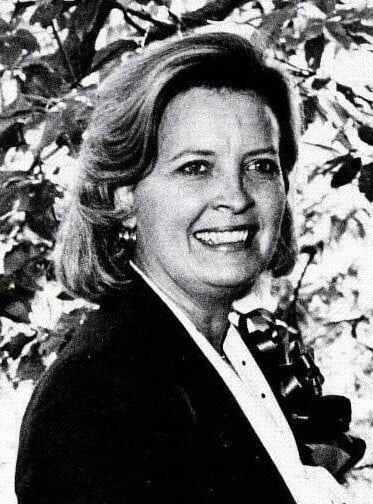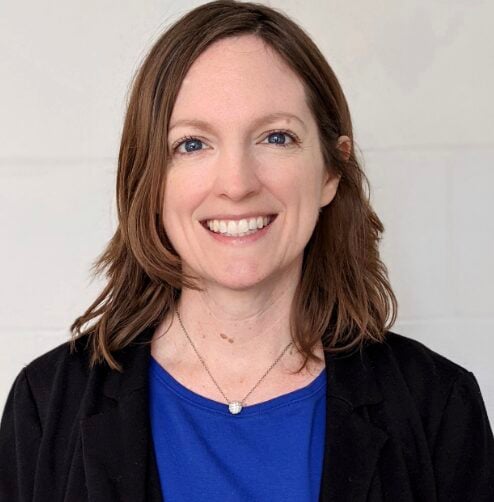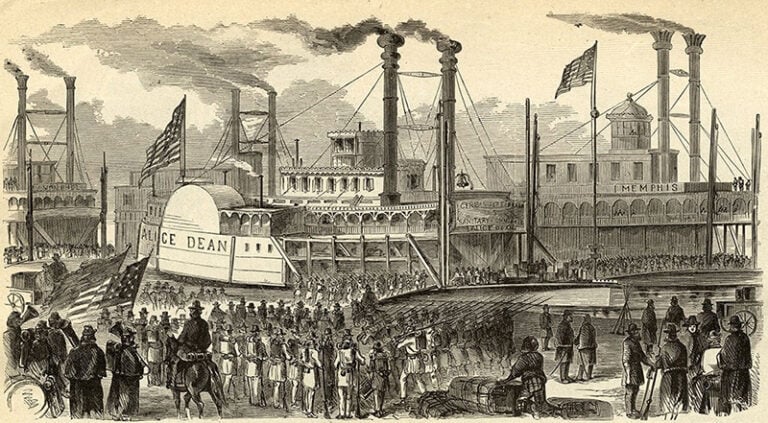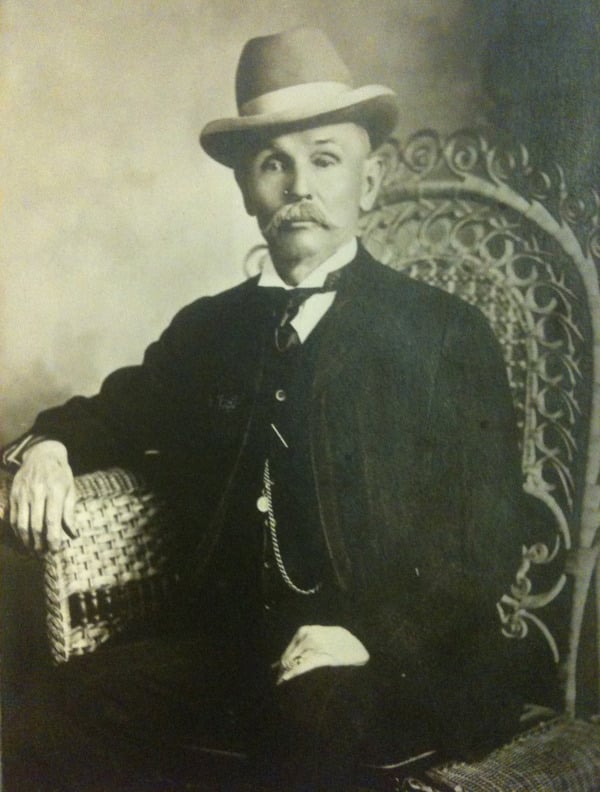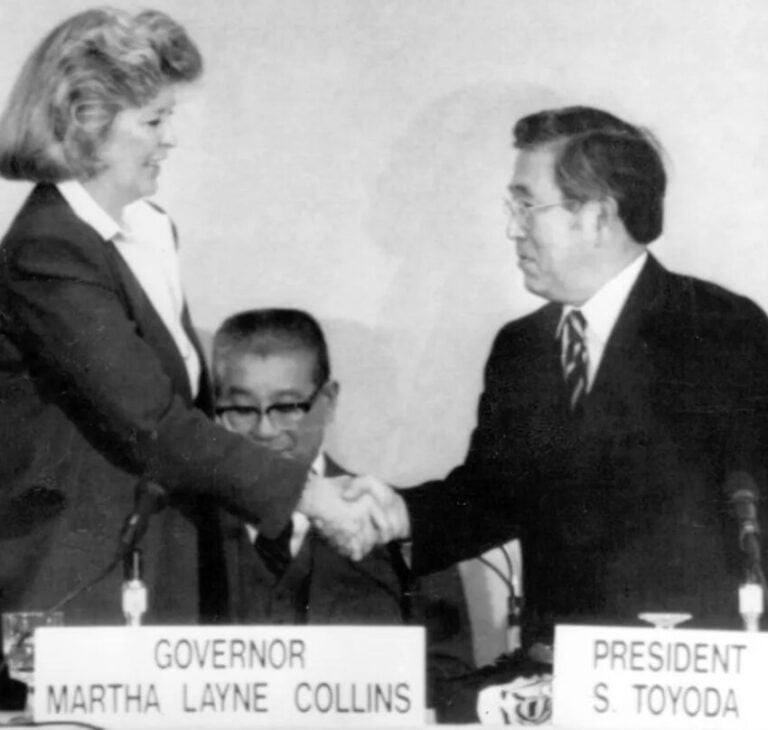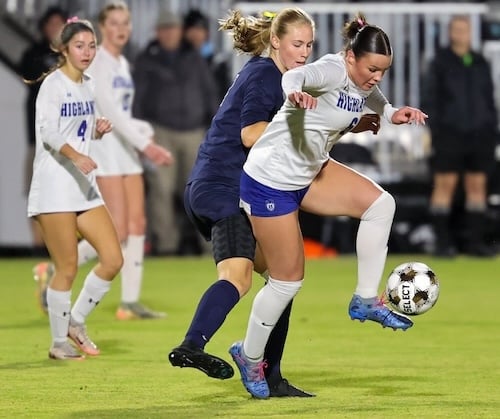By Patricia A. Scheyer
NKyTribune reporter
Boone County Fiscal court ventured into new territory last week at their regular meeting when they opened with a new public hearing for an item introduced October 25.
Public hearings are traditionally only held at the Planning Commission’s meeting, when they make a determination if an issue will go on to the Fiscal Court with their recommendation to have approval in the form of an ordinance.
But the court decided they could have a new public hearing if evidence was not included in the record of the first hearing, and commissioners felt that the evidence could make a difference in the outcome.

In October 25, the agenda had tentatively scheduled a first reading of an ordinance
concerning a zoning map amendment from Agricultural Estate to Industrial One for a 3.58 acre tract of land located along the northeast side of Dolwick drive at the Boone/Kenton border line. They also wanted a variance to reduce the minimum required landscape buffer yard, on the same 3.58 acres, from 80 feet to 47.2 feet. The owner of Smith’s Towing, the applicant, is Wayne Smith.
“One thing I noticed in the record here was that Mr Smith, the applicant, actually wanted to include a presentation with more information but wasn’t allowed to do so because it wasn’t on the record,” said Commissioner Chet Hand at that meeting. “We also have the opposition that wants to include more information on the record that’s not part of the record. I think we have a great test case for doing a new public hearing right now. I’d like to see both of those items on the record to hear what the opposition wants and what the applicant wants.”
Commissioner Hand had objected in the past to business as usual in the approval of ordinances with zoning changes, because he had stated that if the Planning Commission approved a project with conditions, and one of those conditions, for instance, demanded that a traffic study be conducted, he said he would like that study to have been completed before the first reading of an ordinance, so the commissioners would be able to view the results of the study before voting on the ordinance.
At last week’s meeting, a new public hearing was held, requested by some commissioners, and okayed by Judge Executive Gary Moore, with people speaking for both sides. As an unintended result of adding the hearing to the meeting, the actual length of meeting stretched for almost four hours.
Advocates for the zoning map amendment reiterated their stance that the property fits the Industrial zone criteria, as well as the overall Comprehensive plan for Boone County.
At the October 25 meeting there was a question of tow truck fabrication being allowed by the company in one of the buildings, and opponents had objected, saying that is not a permitted use in the zone. Jeff Blankenship, attorney for the Towing Company, said that was a misunderstanding, that Wayne Smith only repairs his trucks to keep them on the road, although sometimes repairs have to be extensive, and trucks might have to be overhauled, but they are not actually manufactured.
People against the zone change admitted that a lot of the objection was aesthetics based, but they felt that Boone County cares about aesthetics, and they, as surrounding property owners, don’t want some sort of eyesore near their property, when they have worked hard to make their property, as a gateway, look very good.
Tom Banta, from Corporex, a company that owns a major amount of land in this area, argued that what screening the towing company had been required to do was not adequate, and then when the trees died and they didn’t replace them, the screening became less than not adequate. So he asked that if the zone change were to be approved, there has to be some strict conditions levied on screening for the approval.
“I think there is an intent here,” said Commissioner Hand. “The opposition is not looking for a check the box kind of condition, yeah, we did that, we planted a tree, it’s three feet tall, and it will take a hundred years to get to be 10 feet tall. The intent is to be a good neighbor, minimize some of the visual impact, and maybe we get a 90 percent solution for the neighbors. I think intent needs to be considered as well, so we should identify the condition clearly, then ask the applicant to recognize the intent there too, and in good faith try to commit to that.”
Judge Moore stated the court would schedule a first reading on the ordinance at their next meeting in two weeks, and then the second reading would be two weeks after that, if the commissioners decide that they are going to approve the zone change.
Commissioners have a 60-day window to act on the Planning Commission’s recommendation, or the recommendation becomes the ruling.
Commissioner Jesse Brewer asked if another condition should be similarly spelled out, that they will not be permitted to fabricate trucks, and Judge Moore agreed, saying the staff would work to word those two conditions, and the intent, and work with the applicant to make sure they understand and agreed to them.
Commissioner Hand stipulated that at the first reading the applicant had to have understood and agreed to the conditions, or they might not move forward with the approval. He wanted to remind both the applicant and the opposition that if the conditions were not kept up, as in trees not replaced when dead, or outside storage being visible, a complaint can be made and investigated, resulting in possible fines.
With the agreements in place, and the public hearing on this issue over, having taken almost an hour and half, the rest of the meeting proceeded, but Judge Moore and the commissioners all seemed satisfied with the initiation of a new public hearing, instead of only allowing evidence gathered at the public hearing at the Planning Commission to be considered.












